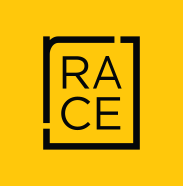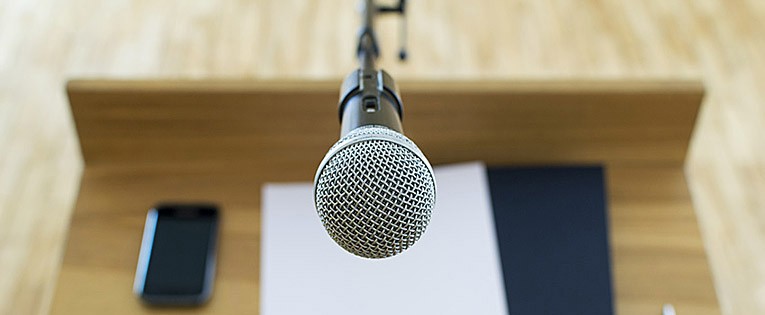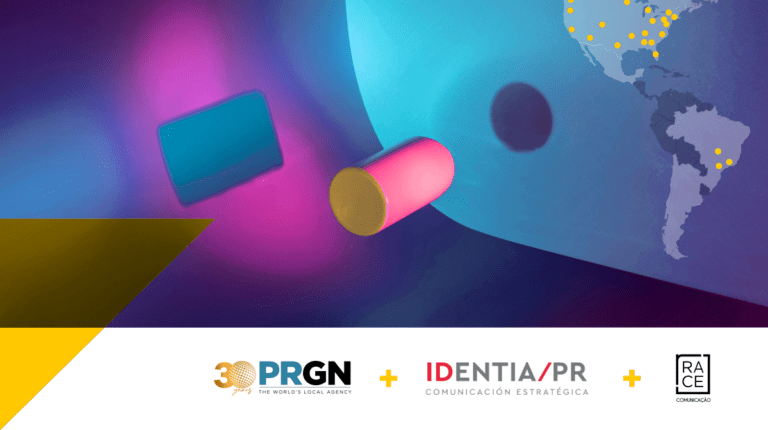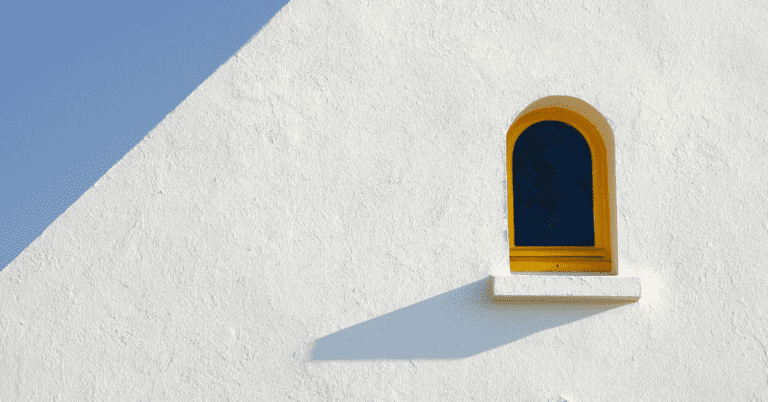By Luiz Antônio Gaulia
The Word Press Photo of the Year 2018 awarded the picture of Ronaldo Schemidt’s, from AFP, of a demonstrator in flames in the street of Caracas, during protests against the regime of Nicolás Maduro, in Venezuela. According to Canon, sponsor of the competition for 26 years, over 73 thousand pictures were received in this edition. Thousands of photographers, of 125 countries, have sent their work. A research done by the company together with Word Press Photo Foundation pointed that most of the registered photographers wished to provoke new perceptions about different topics through the capture of precious moments of reality in the world.
It’s undeniable that the power of one unique image can change our perception of a certain situation, person or brand. Our reputations are constructed through images and memories accumulated as reference files of some institution, company, character or event. This memory might be a good one or a bad one and serve as a credibility savings account. If this account is in the black, with a positive balance and good income, it’s very likely that, in a situation of emergency, our tendency is trusting the owner of this savings account even in a moment of crisis. Something like keeping selling on the cuff even after they screwed up.
“What the eyes don’t see, the heart doesn’t grieve over”. And so goes the popular saying, right? So, the interpretation of an image may generate criticism or praises, admiration or repel, love or hate, and the photo of the moment is the face of quality of a reputation in that context. As everything can change in a matter of two minutes, according to the Band News slogan (Brazilian news radio network), or maybe even two seconds – the world is running too fast -, I take a chance and tell you that we live in times of relative reputation, mutant credibility, trust in the waiting list or in permanent state of inspection. If reputation is the sum of a set of factors, whose value may grow bigger or smaller in time, I can assure that protecting our image is a hard, permanent and mandatory task. Not only when a crisis happens, but also strategically, preventively, with focus on learning and training, especially for big brands, whether they’re public or private companies, political leaders and their parties, actors, actresses, pop stars, NGOs and also media outlets, teachers, associations, etc. The universe is huge. In business world, the capacitation and reputation management knowledge, precautions with the desired image versus the noticed one go way beyond marketing, a public relations job or agency. In a society that watches too much, but observes little and is more and more used to judging and been judged on the first impact of an image, it’s required to be prepared to surf the waves of public opinion on undertow days.
The one who is not ready to navigate this media ocean, where real images now also dispute space with edited, manipulated or fake images, besides fake news, must start learning more about management of reputation, directly connected to the management of imagination and symbols of an organization. And if organizations are made of people, each one of them is responsible for the whole. A single bad example may contaminate the entire group. How many workers haven’t already caused huge damage in terms of plundered value of the image of a brand? Remember the Domino’s case, in America, when two employees filmed a bunch of nastiness they did while preparing the pizza, or the case of a FedEx employee, also in America, throwing a package over a fence with no consideration for the product inside? Or the famous image of a Brazilian post office worker receiving an amount of money and proving a pay-off scheme? Of course, good images also count a great deal. I, personally, believe that they count even in a more valuable way, as most people want to see things working properly. Most of us work to make things function in the best possible way. We all want to be well perceived and admired.
Business universities offer technical disciplines oriented to operation, to commercial, or even marketing, ideals, but I bet that not all of them have classes aimed to what would be the most important of business and leadership lessons in times dominated by image. Understanding more and learning how to build and strengthen the reputation of a company in moments of bonanza and also how to manage potential risks or reputation weaknesses are lessons to be learned by managers, lawyers, administrators and CEOs. But who teaches that to our leaders and managers? To coordinators or even employees? Few.
Managing crisis or managing risks?
It seems contradictory, but it’s not. A well-known analogy is the two faces of the same coin, heads or tails. One side may represent victory in a bet and the other, the loss. Companies and businesses are bets on the market board. Our career and choices are bets as society and as individuals. However, the two sides are inseparable from the whole. Therefore, opportunity walks close to crisis. Successful brands can very well manage their set of symbols, perceived values, images and also the quality and excellence of services and products aimed to customers, as well their finances, relations with multiple stakeholders and their sustainability programs. But image is very important. “It’s not enough to be honest, one must seem honest”, goes another popular saying. Speech and action gain more value when are in harmony to the shape and content. Images inhabit our imagination and prove our speech.
The flames on the Venezuelan demonstrator’s body as much as the brown mud stain of the disaster involving the mining company Samarco, flooding the Espirito Santo’s sea, Brazil, or the shipwreck of the Italian ship Costa Concórdia enhance the crisis and the shock in reputation as much as the eternalized image of our victorious Ayrton Senna consecrates the discipline, merit and the reputation of an impeccable champion. A good image may last forever!
Risks, crisis and opportunities
Companies, brands, leaders and ourselves, distinguished normal citizens (connected and with hundreds or thousands of likes on the Babel of digital networks), live under permanent influence of opinions, comments that multiply on social networks. We’re in connection with the planet and our images circulate the world. For good and for bad.
But what to do before such unpredictability? How to protect businesses and millionaire investments not only from fake news, but also from potential reputation risks? How to take good care of our image? The answer is quite obvious. Learning from mistakes of other brands, studying image and reputation risk management cases, being prepared for when the skeletons fall off from inside the closet and reveal mistakes that, apparently, no one knew existed. Learning which are the greatest risks that a business faces. Thinking communication, reputation and image as vitamins and preventive vaccines for crisis and training to face hard times, after all, err is human. But it’s not a good excuse. Think about it.




